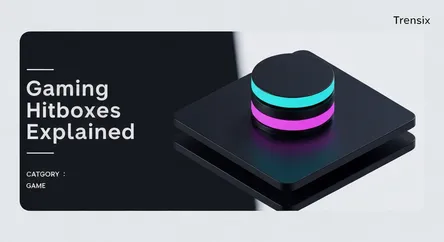Game
Gaming Hitboxes Explained

Learn what a hitbox is in video games. Discover how this invisible shape determines collision detection and impacts gameplay fairness and strategy.
What is it?
A hitbox is an invisible shape used in video games to register real-time collisions. Rather than using the complex visual model of a character or object, which would be computationally expensive, games use simplified shapes like boxes or spheres. When a hitbox associated with an attack overlaps with a 'hurtbox' on a target character, the game registers a successful hit. This mechanic is the foundation for virtually all interactions, from landing a punch in a fighting game to a bullet connecting in a shooter. It's a critical, behind-the-scenes system that makes modern game physics possible.
Why is it trending?
Hitboxes are a constant topic in gaming communities, especially within competitive scenes. Players and analysts frequently dissect game footage to examine the size, shape, and timing of hitboxes. Discussions trend when a game has 'broken' or unintuitive hitboxes, leading to moments where an attack visually connects but doesn't register, or vice-versa. With the rise of esports and streaming, a game's competitive integrity is under constant scrutiny. Flaws in hit detection can become major controversies, prompting developers to release patches and balance updates to ensure fair play.
How does it affect people?
For players, hitboxes directly impact the feeling of fairness and consistency. Accurate, well-designed hitboxes create a reliable and intuitive experience, where a player's skill is justly rewarded. Conversely, poor hitbox implementation leads to frustration and a sense of unfairness. It can make a game feel random or broken, discouraging players from investing time to improve. A player's entire perception of a game's quality and balance can hinge on whether they believe its core collision system is precise and dependable, affecting both casual enjoyment and high-stakes competitive outcomes.